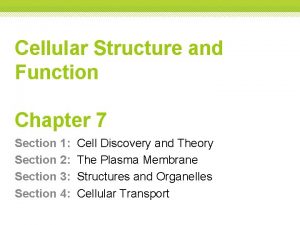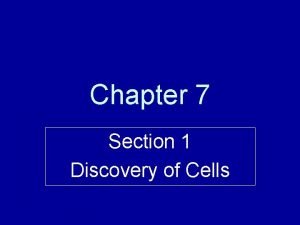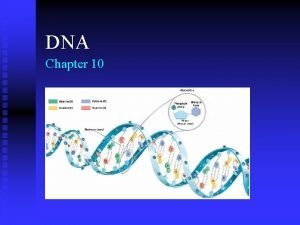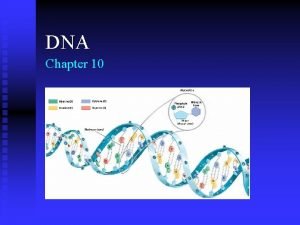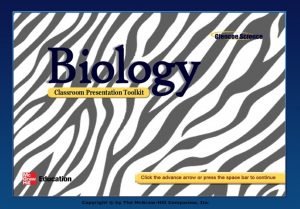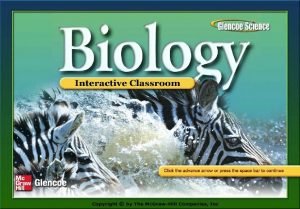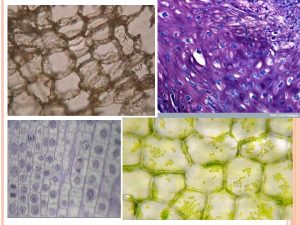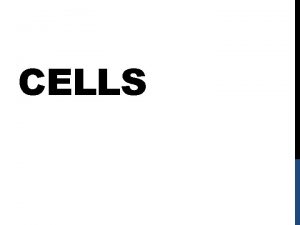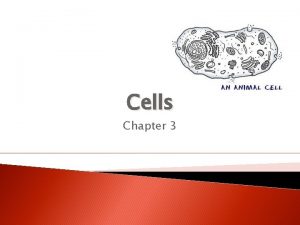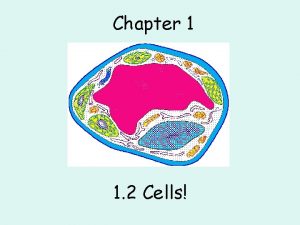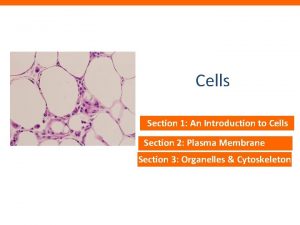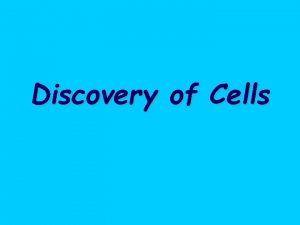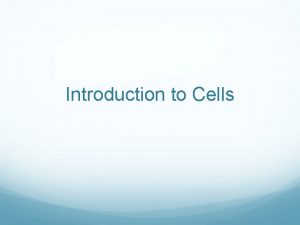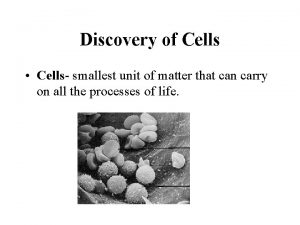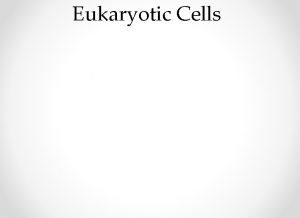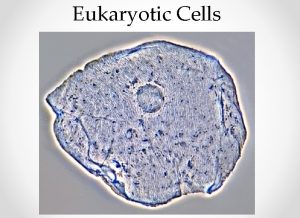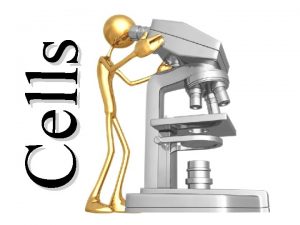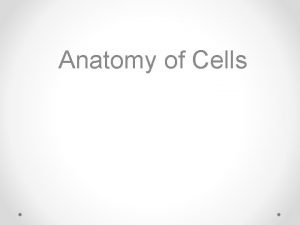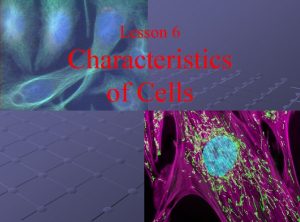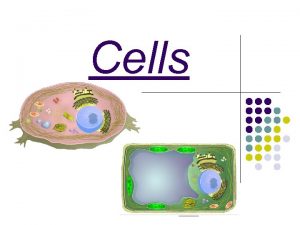Chapter 7 Section 1 Discovery of Cells The





















- Slides: 21

Chapter 7 Section 1 Discovery of Cells

The Cell Theory • The Cell Theory states that all organisms are composed of similar units of organization called cells.

Before the Cell Theory people believed in spontaneous generation which means living things come from non living thing Two scientist disproved spontaneous generation.

Francisco Redi proved that macroorganisms do not spontaneously generate People thought that maggots came from meat. • Redi disproved this in a controlled experiment

Pasture proved that microoganisms do not spontaneously generate

Pasture

Development of Cell Theory • Theodor Schwann and Matthias Schleiden are credited with coming up with the Cell Theory

Schwann • Animal Cells

Schleiden • Plant Cells

The Cell Theory 1. All known living things are made up of cells. 2. The cell is structural & functional unit of all living things. . 3. All cells come from pre-existing cells by division. (No spontaneous generation ).

Microscopes • The Cell Theory would not exist if it wasn’t for the development of the microscope and the work of others.

Janssen • Invented the first compound microscope

Robert Hooke • In 1663 an English scientist, Robert Hook improved Janssen’s invention.

Hooke • Hooke observed cork – the remains of dead tree bark • Coined the word CELL • Derived from the Latin 'cellula' which means small compartment.

Van Leeuwenhoek • Ten years later Anton van Leeuwenhoek used his own single lens microscopes and was the first person to observe bacteria and protozoa.

Leeuwenhoek’s Microscope • Leeuwenhoek microscopes resemble high power magnifying lenses.

Compound Light Microscope • Ocular lens times objective lens give total magnification

Two Basic Cell Types • Prokaryotic Cells • Eukaryotic Cells Mainly single Mainly celled organisms multicellular organisms, although some are single celled (amoeba, algae, yeast)

Prokaryotic Cell • Prokaryotes have no membrane bound organelles. • Example – bacteria cell

Eukaryotic Cells • Eukaryotes – contain membrane bound organelles • Example – plant and animal cells

Organelles • An organelle is a small specialized structure inside of a cell. • An example of an organelle is the nucleus which controls cell functions.
 Chapter 8 cellular reproduction cells from cells
Chapter 8 cellular reproduction cells from cells Chapter 7 section 1 cell discovery and theory
Chapter 7 section 1 cell discovery and theory Chapter 7 section 1 cell discovery and theory
Chapter 7 section 1 cell discovery and theory Onodi cells and haller cells
Onodi cells and haller cells Proximal convoluted tubule
Proximal convoluted tubule Pineal gland
Pineal gland Somatic cells vs gametes
Somatic cells vs gametes Why dna is more stable than rna?
Why dna is more stable than rna? Red blood cells and white blood cells difference
Red blood cells and white blood cells difference Eukaryotic vs prokaryotic cells
Eukaryotic vs prokaryotic cells Plant vs animal cells venn diagram
Plant vs animal cells venn diagram Prokaryotic cell
Prokaryotic cell Organelle trail
Organelle trail Masses of cells form and steal nutrients from healthy cells
Masses of cells form and steal nutrients from healthy cells Label
Label What cell type
What cell type Staphylococcus aureus prokaryotic or eukaryotic
Staphylococcus aureus prokaryotic or eukaryotic Cells cells they're made of organelles meme
Cells cells they're made of organelles meme Section 10-1 review discovery of dna
Section 10-1 review discovery of dna Discovery of dna section 10-1 review
Discovery of dna section 10-1 review Section 1 cell discovery and theory
Section 1 cell discovery and theory Section 1 cell discovery and theory
Section 1 cell discovery and theory

